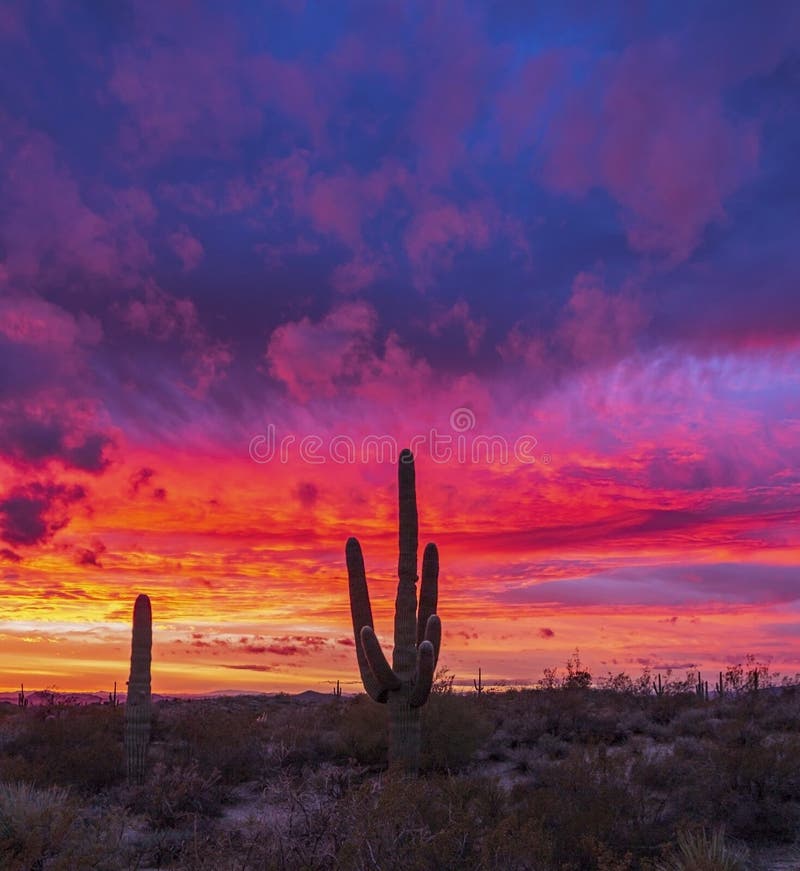

Because of the canyon’s high elevation of about 6,600, it is best to avoid the dirt roads in the winter months.įor a taste of gorgeous Sonoran Desert terrain located just minutes from a bustling metropolitan area, the Tucson-area Sabino Canyon is hard to beat.
COLORFUL ARIZONA SCENERY PRO
Pro Tip: Located just a few hours south of the Grand Canyon, Sycamore Canyon is a convenient side trip from the national park, and Williams makes a great base to explore both canyons. The Sycamore Canyon Wilderness area offers 15 trails to explore - ranging from the remote Taylor Cabin Trail, which offers a bit of cowboy history, to the Sycamore Rim Trail, a 12-mile route that follows the rim of the canyon and passes by the seasonal Sycamore Falls, to the Parsons Trail, a scenic creek-side route near the Verde Valley town of Clarkdale. In wet years, Sycamore Creek runs through the canyon and seasonally flows over the 70-foot-high Sycamore Falls.Īccess to Sycamore Canyon is mostly over dirt roads (somewhat rough but passable in a passenger car) south of the Interstate 40 town of Williams. An added bonus: I had the trail mostly to myself.Ī portion of the canyon lies in the Coconino National Forest, and the forest’s website describes the canyon as being distinguished by colorful cliffs, soaring pinnacles, and desert riparian areas. When I visited in November, a few patches of early snow set off the classic northern-Arizona landscape of ponderosa pines, prickly cacti, and rocky outcrops. While it takes more effort to get to Sycamore Canyon, the payoff is solitude and arguably comparable views. Although it is located near Sedona’s famous Red Rock Country, Sycamore Canyon is less accessible, and therefore attracts significantly fewer visitors than Sedona’s famous Oak Creek Canyon. Known as Arizona’s second-largest canyon, Sycamore Canyon is largely a hidden gem. (Note that several of the Navajo Nation canyons are subject to temporary closures because of COVID-19 restrictions.) Here are seven amazing canyons to explore in Arizona after you’ve experienced the Grand Canyon. While the rivers that run through the canyons are often seasonal in arid Arizona, the canyon walls are available for adventures year around. Like the Grand Canyon, several of the state’s other canyons owe their topography to the eons of erosion from the Colorado River or its tributaries.

With its varied terrain that runs from the desert lowlands in the south to towering mountains in the north, Arizona boasts countless canyons, large and small. Still, the Grand Canyon is far from the only stunning canyon in the state. A chance to gaze into its vast depths draws about six million people to the Grand Canyon National Park each year, making it one of Arizona’s main tourist attractions. After all, the state is known as The Grand Canyon State.Ī bona fide natural wonder of the world, the Grand Canyon is among the longest and deepest canyons on Earth. It brings intimacy to a room, making it more inviting.There is little room for debate about which of Arizona’s canyons takes top billing. “But when you hang it in the space, it fills the void. The designers went big with lighting: “Lighting has a tendency to feel oversized when you’re reading the dimensions,” Fremont says. And like the sculptural saguaro cactus and century plants outside, there are bold shapes in this space. “The ocher color is from the sun, greens from the plant life, and even that deep purple, which you can see in the mountains.” The concept was to create a harmonious interior landscape that blends seamlessly with the view.

“When you look out the window, that’s what you see,” Mens says. The clients wanted something light and contemporary, but Team TOM didn’t hedge too closely to safe-there’s lavender, terra-cotta, stormy blue-grays, and even eggplant in the mix. From that, Mens and Fremont identified a sweeping array of colors to employ. She and senior designer Laura Fremont created this Arizona home for a couple who also have a summer house in Ontario.Ī single site visit to the 3,500-square-foot residence, located just outside of Phoenix, kicked off the project. “I don’t think we even knew the cliché colors of Arizona design,” says designer Lindsay Mens, a partner with the Toronto firm TOM Design Studio, laughing. This palette is so inextricably linked with traditional Southwest decorating that most Americans could pluck burnt sienna and raw umber from the crayon box-but not most Canadians. Desert retreat conjures up a certain set of colors: rich and ruddy earth tones, sunbaked clay, and gleaming golds.


 0 kommentar(er)
0 kommentar(er)
